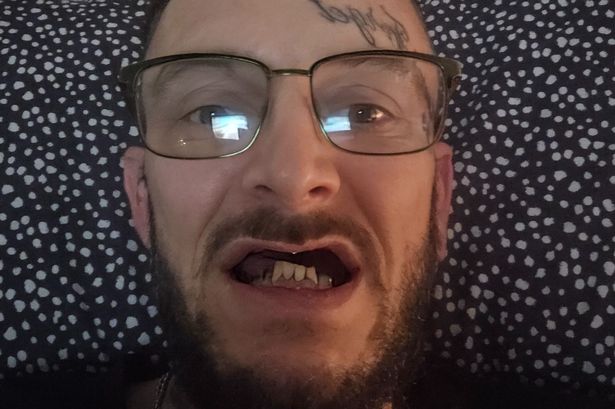As Guy Fawkes Night approaches, the National Health Service (NHS) has issued a warning regarding the increased risk of burn injuries during the celebrations. With thousands of people attending fireworks displays, the NHS emphasizes the importance of safety and provides guidance on recognizing when a burn requires professional treatment.
During Bonfire weekend, the NHS website experiences a surge in traffic, with a visitor searching for burn-related advice approximately every 30 seconds. The NHS encourages the public to familiarize themselves with first aid procedures and know when to seek medical attention.
Each year, numerous individuals visit A&E due to firework-related injuries. Fireworks, firecrackers, and even sparklers can generate extreme temperatures capable of inflicting serious damage to skin. The NHS highlights that while some burns can be treated at home, the level of pain does not always correlate with the severity of the injury. A potentially serious burn may cause little discomfort.
Understanding when to seek emergency care is crucial. The NHS identifies four types of burns that should prompt a visit to a hospital’s A&E department:
1. All chemical and electrical burns
2. Large or deep burns exceeding the size of the injured person’s hand
3. Burns that cause white or charred skin, regardless of size
4. Burns affecting the face, neck, hands, feet, joints, or genitals
To manage burns effectively, the NHS advises following a series of first aid steps. If someone sustains a burn, the immediate action is to remove them from the heat source and take off any clothing or jewelry near the affected area. If there is an object stuck to the skin, it should not be removed.
Cooling the burn is essential; the NHS recommends using cool or lukewarm running water for up to 30 minutes. Ice, creams, or greasy substances such as butter are not suitable. After cooling, the burn should be covered with cling film, and the individual should be kept warm while avoiding contact with the burn. Pain relief can be provided through painkillers, and elevating the injured area can help reduce swelling.
The NHS particularly emphasizes the vulnerability of children under the age of 10 to severe burn injuries. Parents and caregivers are advised to seek medical attention for children following any burn incidents. At the hospital, medical professionals will assess the size and depth of the burn, clean the affected area, and apply a dressing. In severe cases, skin graft surgery may be recommended.
Additionally, the NHS warns that anyone who has inhaled smoke or fumes should seek medical attention. Symptoms of smoke inhalation can develop later and may include coughing, a sore throat, difficulty breathing, and facial burns.
For further information on identifying and treating burns, individuals can visit the NHS website, which offers comprehensive resources and guidance. Staying informed and taking precautionary measures can help ensure a safe and enjoyable Guy Fawkes Night for all.







